Cultural Heritage 2D / 3D
Current contributors are :
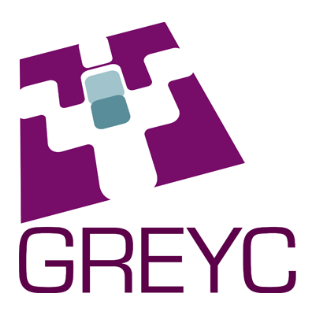
With the advance of two-dimensional (2-D) and three-dimensional (3-D) imaging technology, the cultural heritage community is increasingly interested in 2-D and 3-D scans of cultural objects such as antiques, artifacts, and heritage sites. Digitization of these objects is commonly aimed at heritage preservation.
The GREYC laboratory has digitalized several cultural objects in 3D and solved some imagery problems to develop tools that can be valuable for historian or specialist in cultural heritage.
Some examples of applications related to the cultural heritage are presented bellow :
The GREYC laboratory has digitalized several cultural objects in 3D and solved some imagery problems to develop tools that can be valuable for historian or specialist in cultural heritage.
Some examples of applications related to the cultural heritage are presented bellow :
- Panorama reconstruction of the Bayeux Tapestry
- 3D digitalization and reconstruction of the Bayeux Tapestry
- 3D digitalization and reconstruction of some cultural objects
Bayeux Tapestry 2D

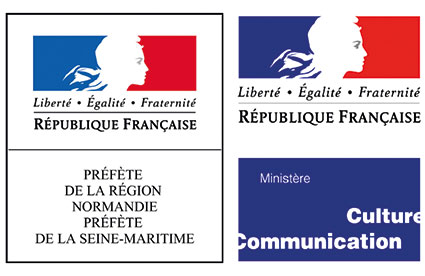

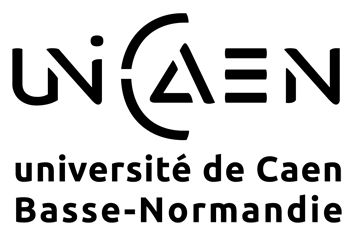
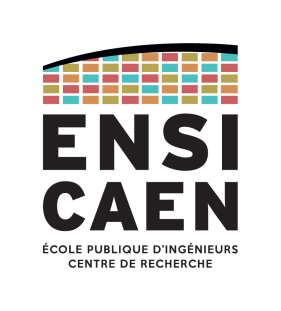


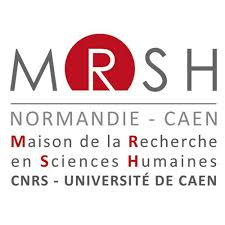
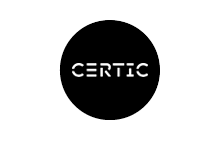
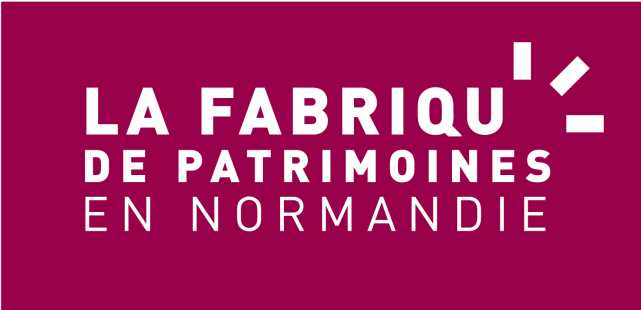
The futur museum of the Bayeux Tapestry project defines two objectives : to be "a knowledge center of the Middle age of the Europe" and to build an indexation tool of the documentation set of the Bayeux Tapestry.
The Image team of the GREYC laboratory has addressed the imagery problem of the reconstruction step from digitalized parts. A specific tool has been developped to merge all digitalized parts of the Bayeux Tapestry. The output of this work consists of the entire Bayeux Tapestry and represented the basis of what is displayed in the indexation tool.
Moreover the GREYC laboratory has released a simple navigation system (based on the openseadragon viewer) of the the Bayeux Tapestry. By coupling it with an interactive tablet, this turns out to be a convenient tool for education and communication about the Bayeux Tapestry. The following videos show the digitalized Bayeux Tapestry in the developped navigation system.
The Image team of the GREYC laboratory has addressed the imagery problem of the reconstruction step from digitalized parts. A specific tool has been developped to merge all digitalized parts of the Bayeux Tapestry. The output of this work consists of the entire Bayeux Tapestry and represented the basis of what is displayed in the indexation tool.
Moreover the GREYC laboratory has released a simple navigation system (based on the openseadragon viewer) of the the Bayeux Tapestry. By coupling it with an interactive tablet, this turns out to be a convenient tool for education and communication about the Bayeux Tapestry. The following videos show the digitalized Bayeux Tapestry in the developped navigation system.
Bayeux Tapestry 3D


During the Bayeux Tapestry digitalization campaign, the GREYC laboratory has got the opportunity to digitalize the entire Bayeux Tapestry in 3D. This is the first time in the history that the Bayeux Tapestry has been digitalized in 3D, and consists an inestimable value to document both the environment around the Bayeux Tapestry and the Bayeux Tapestry himself.
The 3D digitalization has been processed by one the 3D scanner of the GREYC laboratory. Several 3D scans has been required to digitalize the entire Bayeux Tapestry. Each scan consists of several millions of points in 3D, that needs to be registered to build the full 3D point clouds. The video displays below show the digitalized Bayeux Tapestry in 3D when most parts of the tapestry was deployed in the digitalization room.
The 3D digitalization has been processed by one the 3D scanner of the GREYC laboratory. Several 3D scans has been required to digitalize the entire Bayeux Tapestry. Each scan consists of several millions of points in 3D, that needs to be registered to build the full 3D point clouds. The video displays below show the digitalized Bayeux Tapestry in 3D when most parts of the tapestry was deployed in the digitalization room.
Cherbourg


Videos below show the chimney from the old abbey of Cherbourg and the Fort of Querqueville.
Jails of the Château de Caen


The GREYC laboratory has digitalized two jails of the Château de Caen in 3D. These jails are located just after the gatehouse at the left and right side.
The two videos below show the two digitalized jails.
The two videos below show the two digitalized jails.